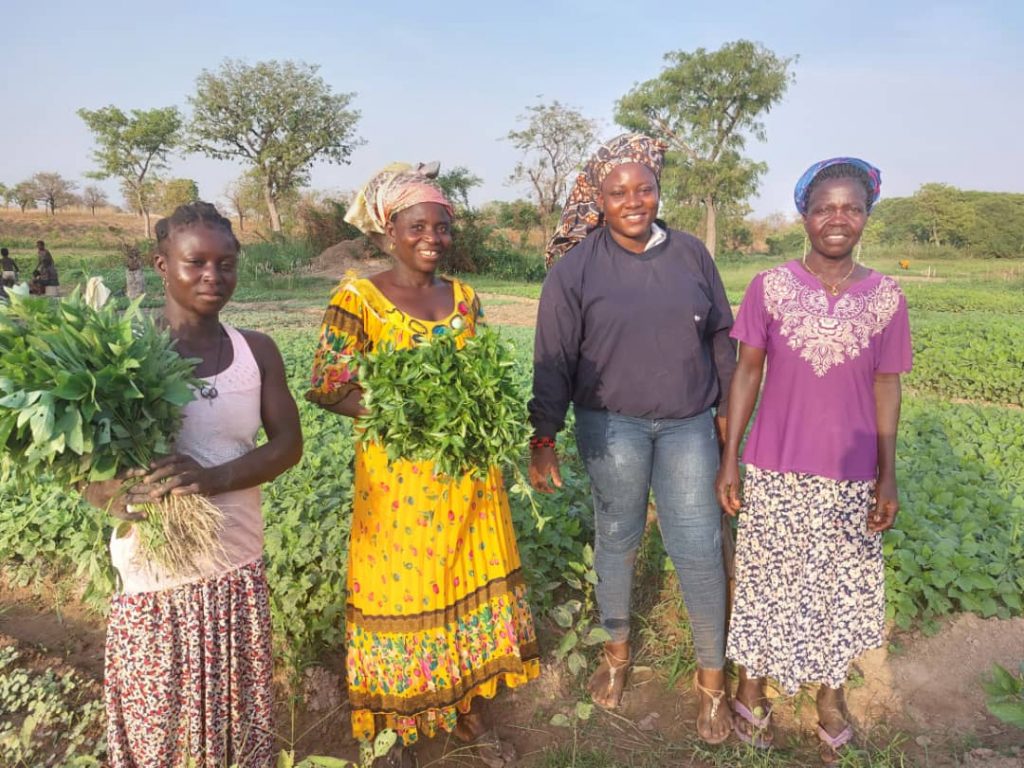Nkwanta North District:
Climate Resilient Women

Nowhere on the planet are people more vulnerable to the impacts of climate change than in sub-Saharan Africa. The continent is already prone to erratic rainfall, droughts, floods, and cyclones, and climate change will only exacerbate these ongoing challenges.
The injustice of climate change is that its negative impacts fall disproportionately on poor communities, who have contributed least to its causes. Women as well suffer more from the impacts of climate change, as they are largely disempowered and lack access to resources.
Working to address the above problem, Lineenbaal Women Association implements projects in the Nkwanta North District to empower women to develop community-based adaptation against the impacts of climate change. Since its inception, the Lineenbaal Women Association has worked in the district to provide women with access to climate information and tools to innovate their mitigation approaches in response to evolving challenges. This allows them to co-design adaptation strategies that can also engage with climate policy at the regional and international levels. This activity works to empower women and increase communities’ resilience to climate change, while contributing to sustainable development.
Fast facts:
- 2,400 women reached;
- 823 individuals benefitted;
- For every $1 invested, more than $2 returned over 2 years;
- Participatory Scenario Planning workshops carried out in 10 of the District’s communities
The project focuses on integrating women’s empowerment into community-based adaptation. Strategies include setting up village savings and loans groups that support individuals in saving up to invest in non-climate-sensitive livelihoods, or to provide a buffer in times of shocks or stress. Specific activities promoted for women include the cultivation of drought-tolerant or early-maturing seed varieties, farmer field schools promoting conservation agriculture, livestock rearing, storing of harvest until the price is higher, and the cultivation of economic trees.
In addition to these specific strategies, the program has developed a number of practical and simple community-based adaptation models. These include: climate and farmer field schools; participatory community-based adaptation action plans; participatory scenario planning; and integration of adaptation into local government planning at the district level.
